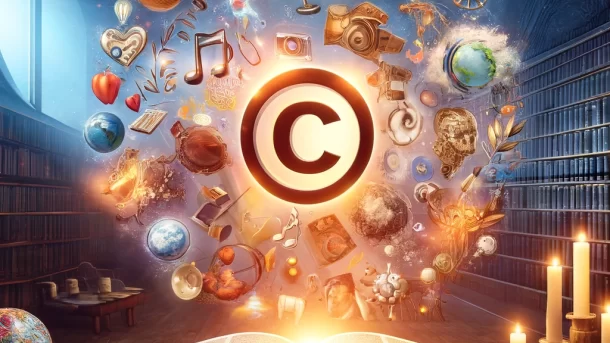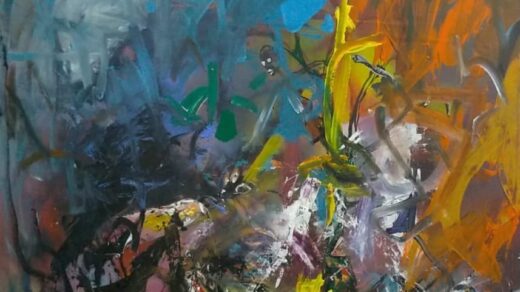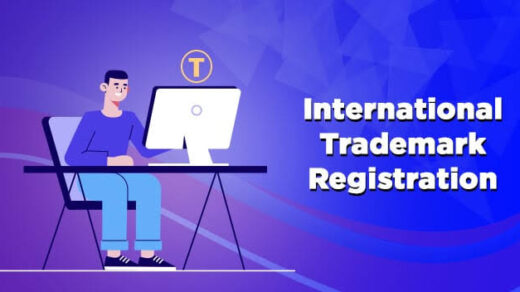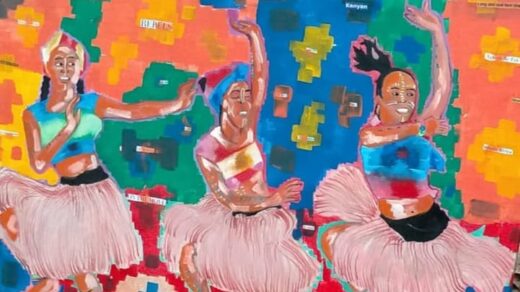In today’s digital age, where creativity knows no bounds and artistic expression flourishes across various mediums, understanding copyright law is crucial for emerging artists. Copyright law serves as a shield, safeguarding their original works from unauthorized use and ensuring they reap the rewards of their creativity.
However, navigating the intricate landscape of copyright can be daunting. Hence, it’s imperative for emerging artists to grasp the fundamental principles of copyright law to protect their creative endeavors and sidestep infringement pitfalls.
Ownership:
Understand that copyright protection automatically applies to original works of authorship as soon as they are created and fixed in a tangible form, such as writing, drawing, or recording. The creator or author of the work is generally the initial owner of the copyright.
Exclusive Rights:
Recognize that copyright grants the owner exclusive rights to reproduce the work, distribute copies, perform or display the work publicly, and create derivative works based on the original. No one else can exercise these rights without permission from the copyright owner.
Registration:
While copyright protection exists automatically upon creation, registering your work with the appropriate copyright office (e.g., the U.S. Copyright Office) can provide additional benefits, such as the ability to sue for statutory damages and attorney’s fees in case of infringement.
Fair Use:
Understand the concept of fair use, which allows limited use of copyrighted material without permission from the copyright owner for purposes such as criticism, commentary, news reporting, teaching, scholarship, or research. However, the determination of fair use is subjective and depends on factors like the purpose and character of the use, the nature of the copyrighted work, the amount and substantiality of the portion used, and the effect on the market for the original work.
Licensing and Permissions:
Be aware of licensing agreements and permissions, which allow others to use your copyrighted work under specified conditions. Artists can grant licenses to others to use their works in exchange for compensation or other considerations while retaining ownership of the copyright.
Infringement:
Understand what constitutes copyright infringement, which occurs when someone violates one of the exclusive rights of the copyright owner without permission. This includes unauthorized copying, distribution, public performance, or creation of derivative works based on the original work.
Enforcement:
Know the avenues available for enforcing copyright, such as sending cease-and-desist letters, pursuing legal action, or seeking remedies for infringement. Enforcement may involve proving ownership of the copyright and demonstrating that the alleged infringing party’s use exceeds the scope of fair use or falls outside other exceptions.
Duration:
Recognize that copyright protection has a limited duration, typically lasting for the life of the author plus an additional 70 years. After this period, the work enters the public domain and can be freely used by anyone.
In conclusion, mastering the fundamental principles of copyright law empowers emerging artists to protect their creative works and navigate the complexities of the digital age with confidence. By asserting their rights, embracing fair use, and leveraging licensing agreements, artists can ensure that their artistic visions endure and continue to inspire generations to come.
As guardians of creativity, emerging artists play a vital role in shaping our cultural landscape, and copyright law stands as their steadfast ally in this noble pursuit.




